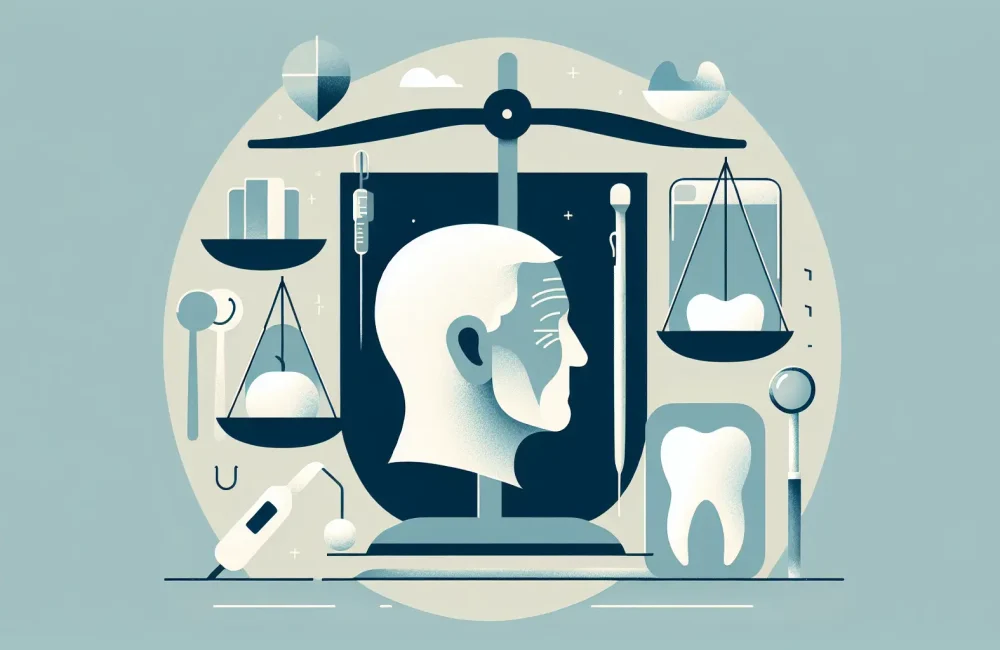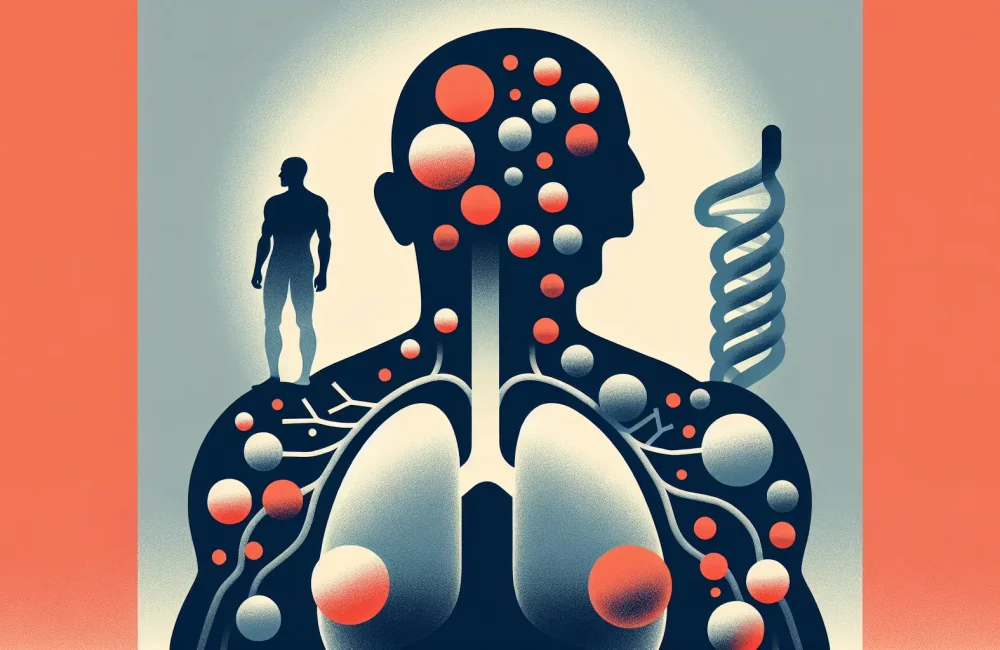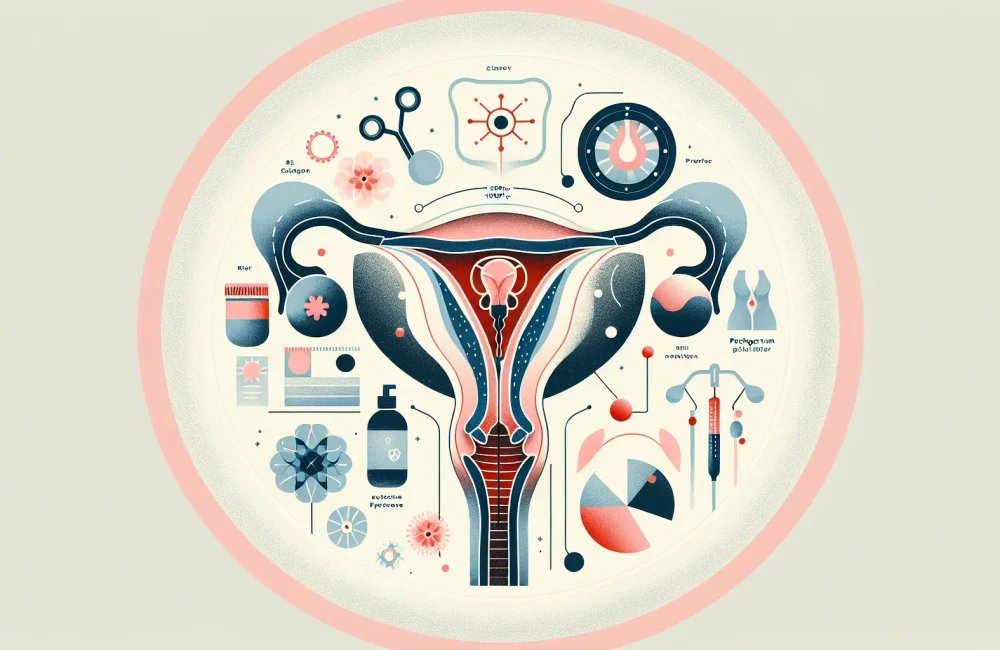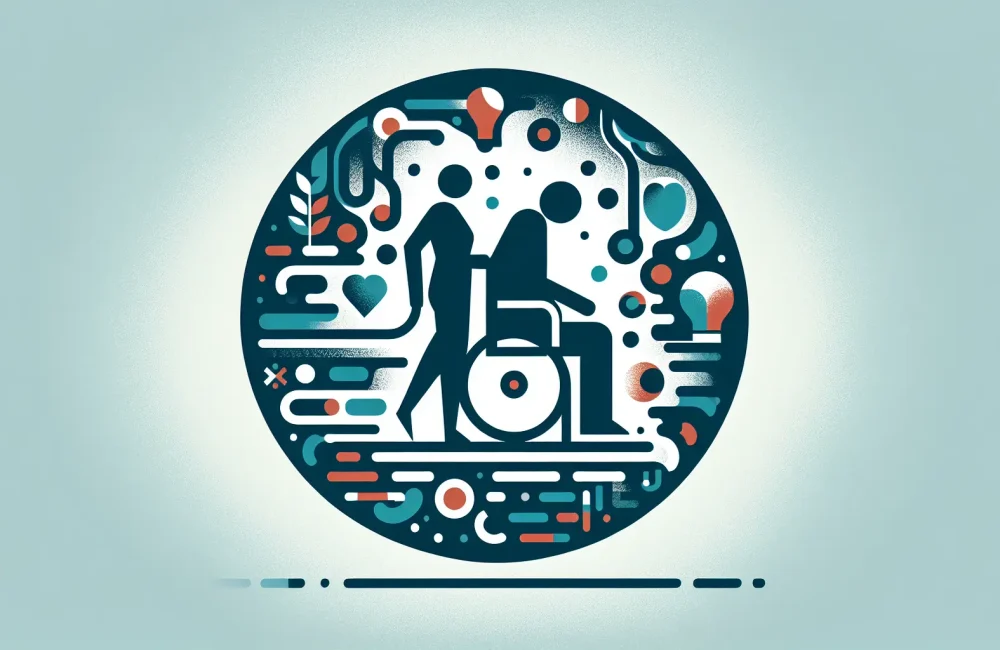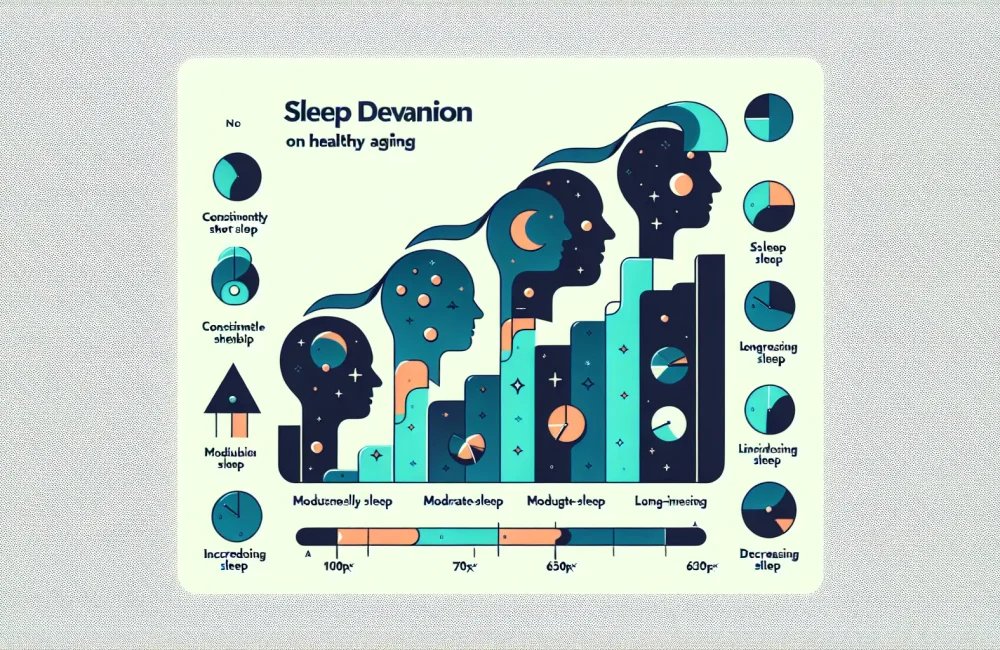By CAFMI AI From Frontiers in Medicine (Open Access)
Prevalence and Key Risk Factors of Oral Frailty
Oral frailty is increasingly recognized as a critical geriatric syndrome that involves a decline in multiple oral functions, significantly affecting older adults’ nutrition, overall health, and quality of life. This systematic review and meta-analysis brought together data from numerous observational studies up to January 2025, encompassing both community-dwelling and institutionalized elderly populations across diverse demographic and socioeconomic backgrounds. The findings revealed a substantial prevalence of oral frailty among older adults, underscoring it as a widespread health issue in aging populations.
Notably, the studies highlighted that the risk of developing oral frailty is strongly associated with several factors. Advanced age remains a primary determinant, with older subjects showing greater impairment in oral function. Physical health markers such as malnutrition and poor general health status intensify vulnerability. Specific oral health indicators including reduced masticatory performance, decreased tongue pressure, and fewer remaining teeth were consistently correlated with increased oral frailty. Additionally, social determinants like lower educational attainment and restricted access to dental services further exacerbate risk, reflecting the intersection between socioeconomic status and health outcomes.
Clinical Implications and Management Strategies
Understanding oral frailty’s multifaceted nature is crucial for healthcare professionals, particularly those in geriatric and primary care settings. Early and accurate identification of oral frailty allows for timely interventions that may prevent progression and associated complications. The review emphasizes the necessity of interdisciplinary collaboration, involving dental practitioners, nutritionists, and primary care providers to develop comprehensive care plans. This team-based approach addresses not only oral hygiene and muscle strength rehabilitation but also nutritional interventions vital for maintaining systemic health.
Preventive strategies highlighted include routine oral health assessments integrated into geriatric care protocols, focused muscle-strengthening exercises for the jaw and tongue, and targeted nutritional support to combat malnutrition linked with oral dysfunction. Counseling older adults and caregivers about the importance of maintaining oral function and timely dental care is also pivotal. Such proactive management can improve feeding efficiency, reduce the risk of aspiration and related respiratory illnesses, and ultimately enhance patients’ quality of life.
Research Gaps and Future Directions in Oral Frailty Care
Despite advances, the review identifies significant gaps in current understanding and management of oral frailty. One major limitation is the lack of standardized, validated assessment tools that can be universally applied to diagnose oral frailty accurately. This variability complicates comparisons across studies and the formulation of consistent clinical guidelines. Further, most existing data are derived from cross-sectional studies, limiting causal inferences about risk factors and outcomes.
The authors call for more longitudinal research to elucidate the temporal progression of oral frailty and to evaluate the long-term effectiveness of various intervention modalities. Additionally, integrating oral health measures more explicitly into broader geriatric assessments and public health frameworks remains a priority. From a healthcare delivery perspective, enhancing access to dental care and education, especially in underserved populations, will help reduce health disparities. Clinicians should advocate for policies that promote oral health awareness and provide practical support for older adults to maintain oral function, thereby improving overall aging outcomes.
Read The Original Publication Here
